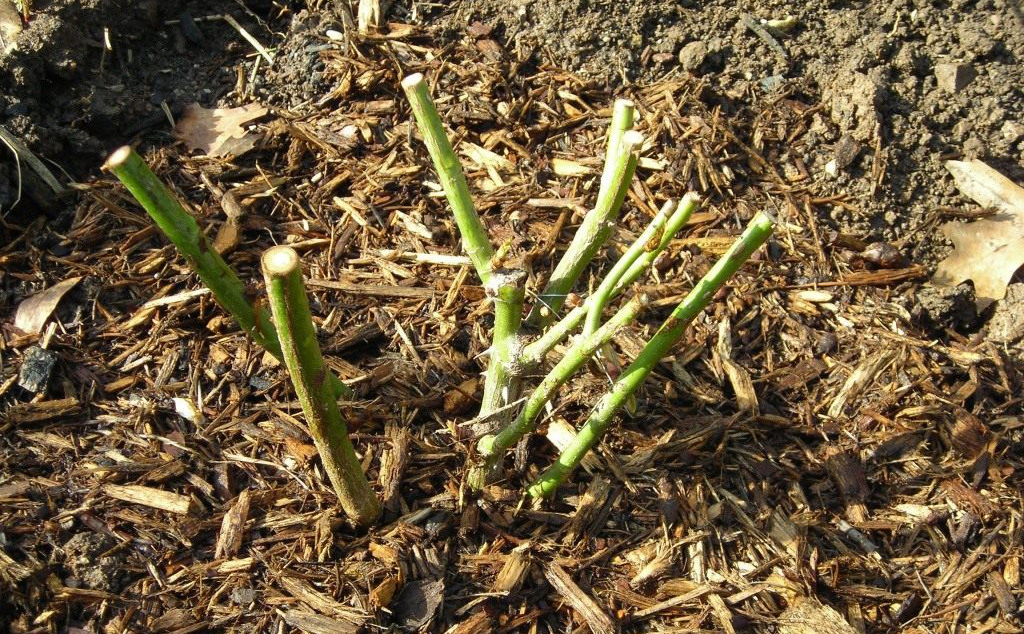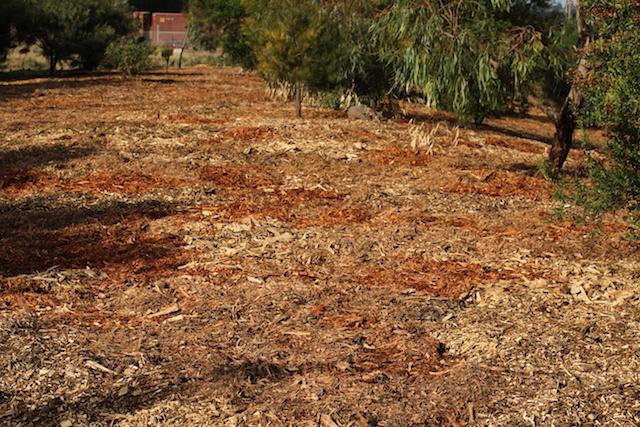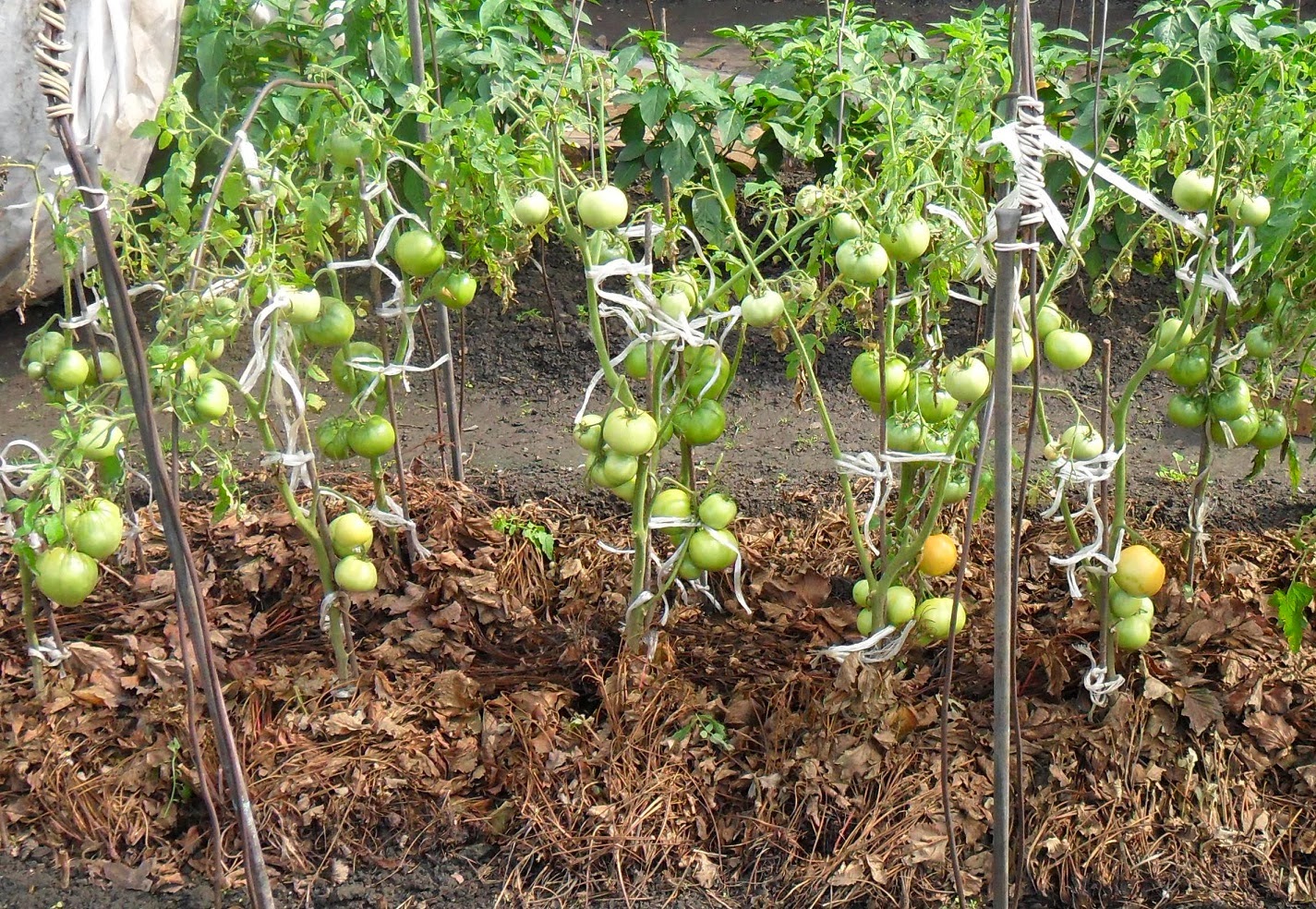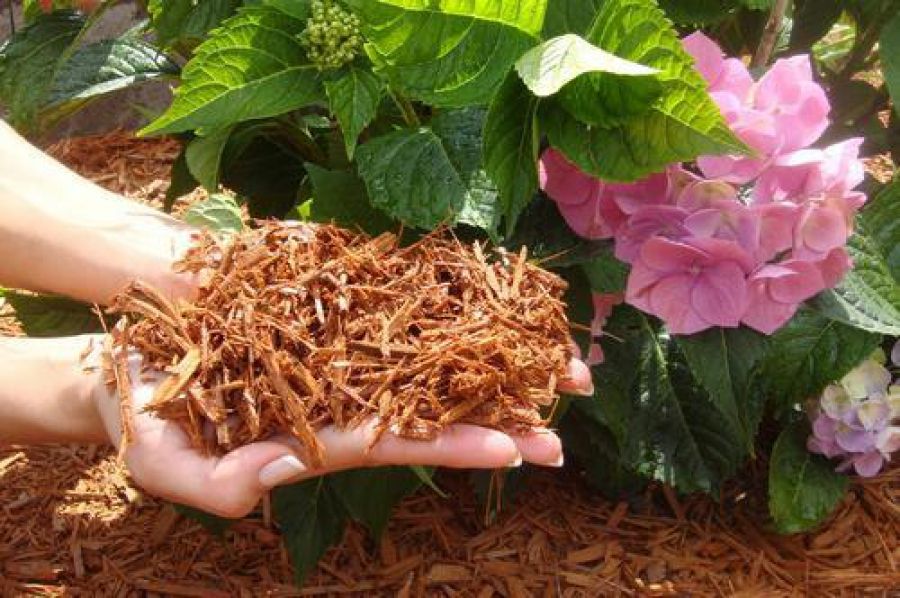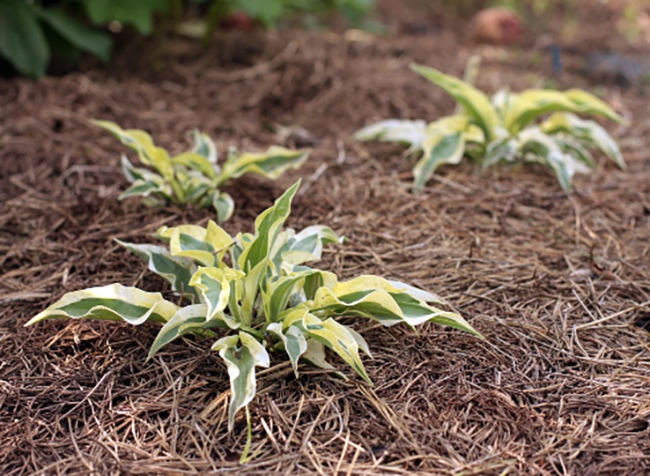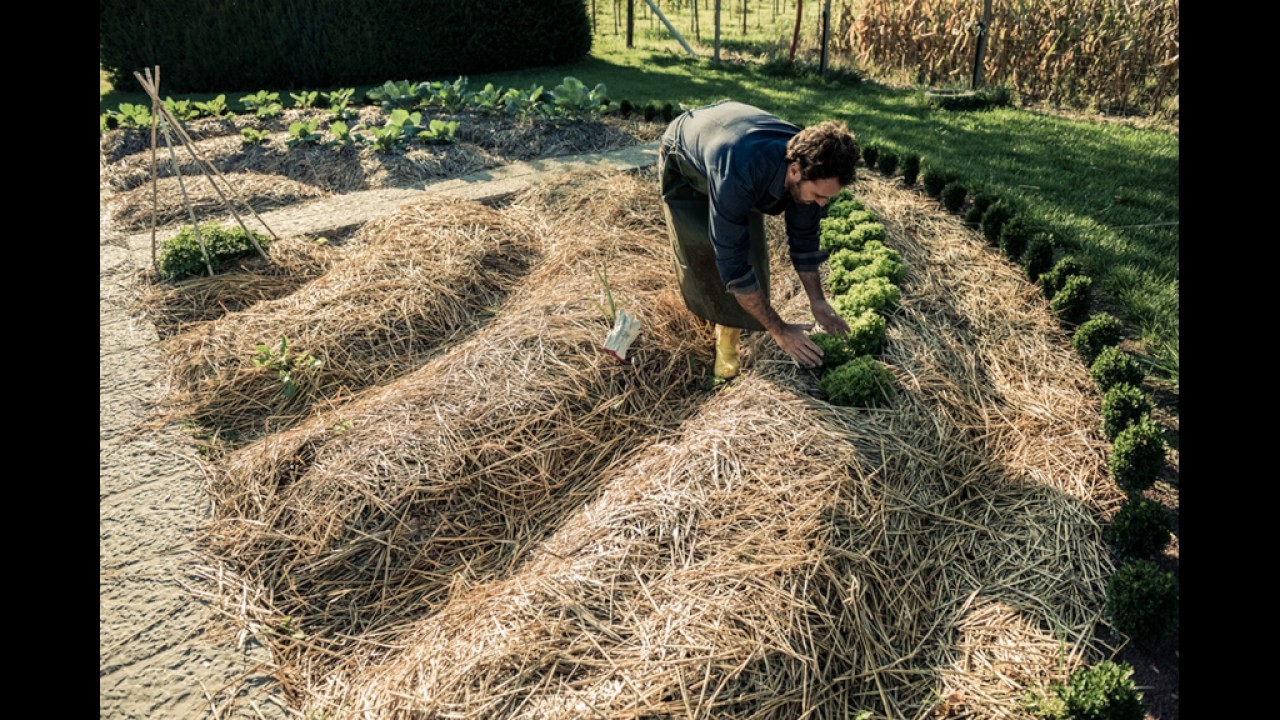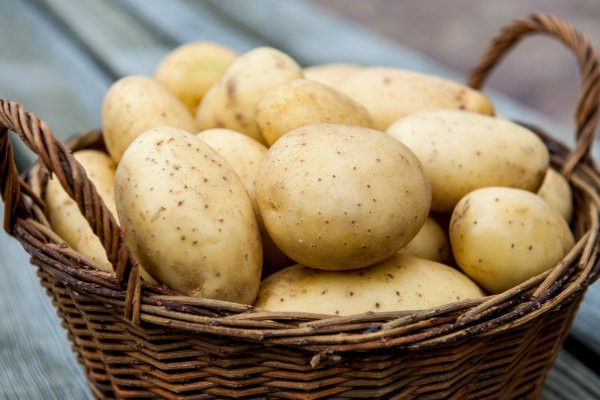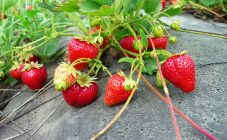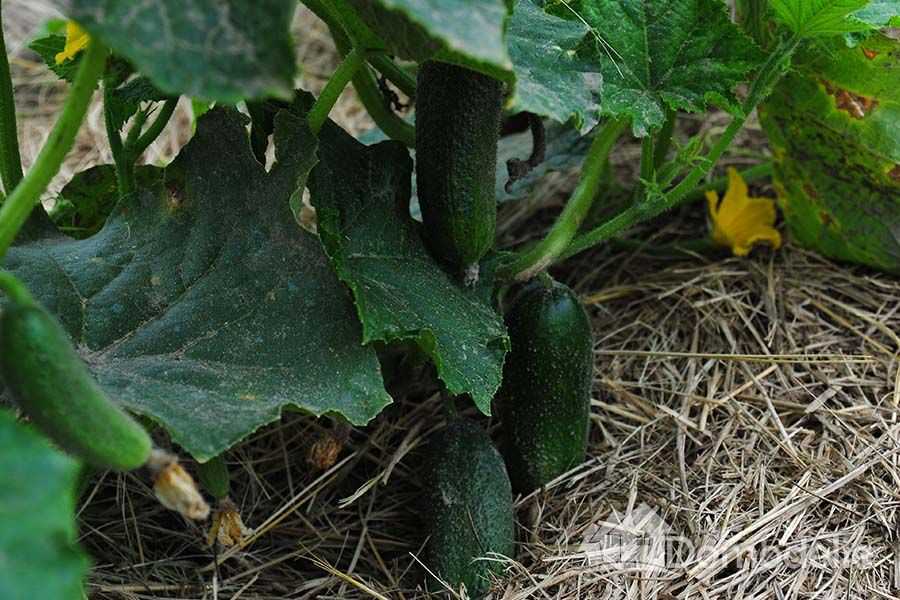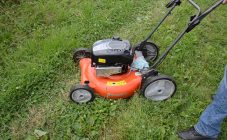Mulching is perhaps the simplest agricultural technique in vegetable growing. Nevertheless, few gardeners can clearly explain its meaning and effectiveness. Let's try to figure it out and find out what mulching is done for, how to do it correctly and what to use for this.
What is mulching
Mulching is the covering of the soil surface on which the plants are planted with some material - mulch. Organic materials can be used as mulch: sawdust, crushed tree bark, shavings, needles, hay, grass cuttings, fallen leaves, etc. When mulching flower plantations and forming flower landscapes, inorganic mulch is often used - sand, pebbles, gravel, shell rock. Special mention should be made of modern types of agrotextiles or agrofibers, which can also be used for mulching berries and vegetables.
Mulching functions
Soil mulching is necessary to preserve moisture in its surface layer, deteriorate conditions for germination of weeds, protect the soil surface from overheating by sunlight, prevent soil crust formation, prevent soil erosion and improve aeration of the surface soil layer. In addition, with the constant use of some types of mulch, such as rotted manure or compost, the soil is enriched with nutrients.
Since even a small layer of mulch prevents active evaporation of moisture from the soil surface, it stays in the soil for a longer time in the required volume, which allows the plant to actively grow, using this moisture for its development. In turn, this leads to fewer irrigations and water savings.
Weed control
In order to control weeds, deep mulching is used. In this case, the thickness of the mulch layer should be 5-10 cm. This layer prevents sunlight from reaching the weed seedlings, and they die.
From the sun's rays
During the summer months, with long, clear weather, the temperature on the soil surface can reach 60 degrees and even higher. This leads to the cessation of the activity of aerobic microorganisms in the soil and is a stressful situation for plants. The mulch layer smooths out the effect of solar radiation on the soil, especially light colored mulch. When some vegetable crops are planted in winter, a layer of mulch can help the seedlings survive the frost until the snow cover is established.
Soil erosion
Mulch, especially inorganic mulch, can prevent wind and water erosion of the soil. It will protect the fertile layer from strong winds and downpours.
The appearance of a crust on the surface of the soil makes it difficult for delicate shoots of vegetable crops to emerge. It appears when the soil surface dries quickly after watering or rain. The mulch layer does not allow this process to occur and keeps the top layer loose for a long time.
By choosing the required thickness of the mulch layer and using various materials for these purposes, it is possible and necessary to significantly improve the conditions for the growth of berries and vegetables without much material costs.
